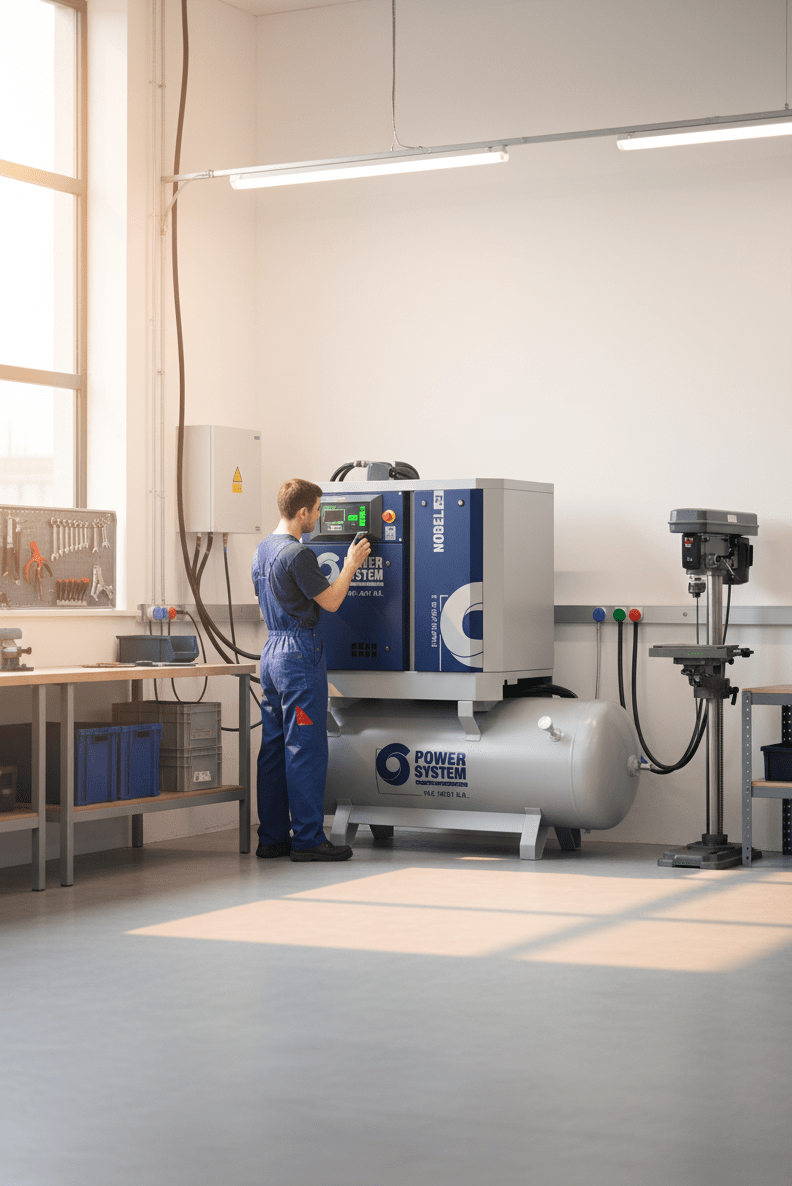Choosing the Right Air Line Fittings for Optimal Efficiency
Choosing the right airline fittings is crucial for ensuring the efficiency and reliability of your compressed air system. With various types available, each designed for specific applications and operating conditions, understanding the differences and benefits of each type can help you make an informed decision. This article will compare the most common air line fittings, highlighting their unique features, advantages, and ideal use cases to help you determine the best option for your needs.
Types of Air Line Fittings
Push-to-Connect Fittings
Overview: These fittings allow for quick, tool-free connections by simply pushing the tubing into the fitting, creating a secure seal.
Advantages:
- Ease of Use: Quick and simple to install without tools.
- Speed: Enhances productivity by reducing assembly time.
- Versatility: Compatible with various tubing materials like nylon, polyethylene, and polyurethane.
Disadvantages:
- Pressure Limitations: Not suitable for very high-pressure applications.
- Material Compatibility: Some may not be compatible with all tubing types.
Best Use Cases:
- Ideal for systems needing frequent disconnections, such as pneumatic control systems and robotics
Threaded Fittings
Overview: Have screw-threaded ends that allow them to be screwed onto pipes or hoses. Common types include British Standard Pipe (BSP) and National Pipe Thread (NPT).
Advantages:
- Strong Connections: Ideal for high-pressure systems.
- Variety: Available in different materials and sizes.
Disadvantages:
- Installation Time: Requires tools and can take longer to install.
- Potential for Leaks: Needs proper sealing to avoid leaks.
Best Use Cases:
- Suitable for high-pressure applications like hydraulic systems and industrial machinery
Barbed Fittings
Overview: Feature ridges (barbs) that grip the hose when it is pushed over the fitting, usually secured further with a hose clamp.
Advantages:
- Simplicity: Easy to connect and disconnect.
- Strong Grip: Barbs provide a secure hold on the hose.
- Cost-Effective: Generally more affordable.
Disadvantages:
- Pressure Limitations: Not for very high-pressure applications.
- Wear and Tear: Hoses can wear out over time.
Best Use Cases:
- Ideal for low to medium-pressure applications such as irrigation and automotive repairs
Quick-Connect Fittings
Overview: Designed for rapid connection and disconnection without tools. They consist of a male and female coupling that snap together.
Advantages:
- Convenience: Allows for quick and easy changes.
- Versatility: Available in various materials and configurations.
- Leak-Free: Designed to provide a secure connection.
Disadvantages:
- Cost: Typically more expensive.
- Durability: Frequent disconnections can reduce lifespan.
Best Use Cases:
- Ideal for applications needing frequent tool changes, like pneumatic tools and medical equipment
No posts found!
Conclusion
Choosing the right airline fitting depends on your specific requirements, including the type of system, pressure rating, and the need for frequent disconnections. Push-to-connect fittings offer ease and speed, compression and threaded fittings provide durability and strength, barbed fittings are cost-effective, and quick-connect fittings offer convenience for frequent changes.
Discover the Perfect Air Line Fittings for Your Needs
Explore Compressed Air Systems UK’s extensive range of air line fittings to find the perfect solution for your compressed air needs. Visit our website to learn more about our high-quality products and services, and ensure the reliability and efficiency of your system.















